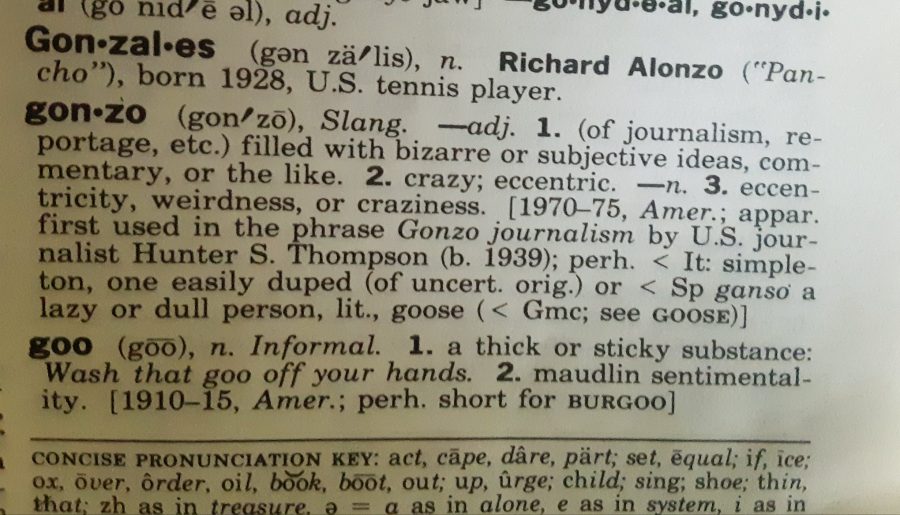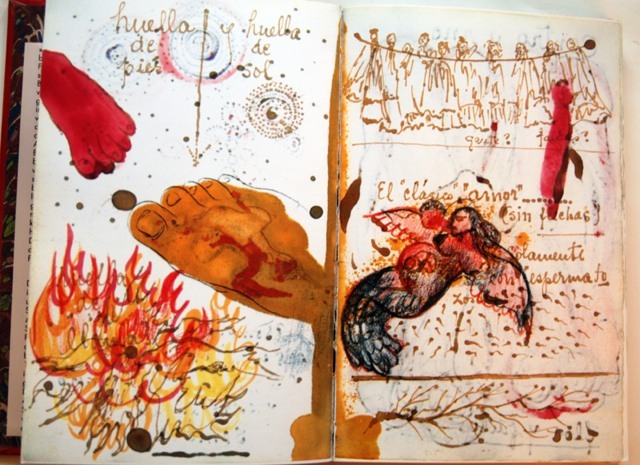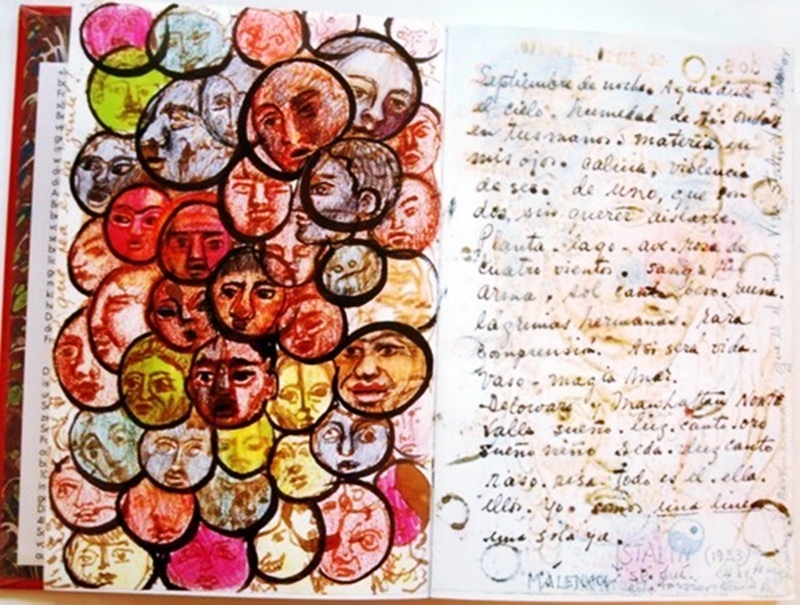Imagine growing up in the late 1960s, witnessing at an impressionable age the heyday of the original Star Trek followed by the real-life moon landing. (If you actually did grow up in the late 1960s, just remember your childhood.) How could you not have dreamed of working on something to do with outer space, or indeed in outer space itself? It seems that both the promoters of NASA and the creators of Star Trek know that both their projects draw from the same well of wonder about the world beyond our planet. As we’ve previously featured here on Open Culture, William Shatner has narrated a documentary on the space shuttle as well as a Mars landing video, and Leonard Nimoy narrated a short about NASA’s spacecraft Dawn.
Nichelle Nichols, who played Lieutenant Uhura in the original series, also did her NASA-promoting bit — or perhaps more than her bit — by starring in the agency’s 1977 recruitment film. In the years since the end of Star Trek, she had already been volunteering with NASA’s push to recruit more women and minorities.
“I am going to bring you so many qualified women and minority astronaut applicants for this position that if you don’t choose one… everybody in the newspapers across the country will know about it,” she has since remembered telling NASA at the time. In the event, NASA chose more than a few, including astronauts like Sally Ride, Guion Bluford, Judith Resnik, and Ronald McNair.
“I still feel a little bit like Lieutenant Uhura on the starship Enterprise,” Nichols says at the beginning of the film. “You know, now there’s a 20th-century Enterprise, an actual space vehicle built by NASA and designed to put us in the business of space, and not merely space exploration.” NASA’s Enterprise, she explains, is “a space shuttle built to make regularly scheduled runs into space and back, just like a commercial airline,” one that “may even be used to build a space station in orbit around the Earth, and this would require the services of people with a variety of skills and qualifications.” At the very end, she emphasizes a different sense of variety: “I’m speaking to the whole family of humankind, minorities and women alike. If you qualify and would like to be an astronaut, now is the time. This is your NASA, a space agency embarked on a mission to improve the quality of life on planet Earth right now” — an even worthier mission, some might say, than boldly going where no man has gone before.
via Boing Boing
Related Content:
Star Trek Celebrities William Shatner and Wil Wheaton Narrate Mars Landing Videos for NASA
William Shatner Narrates Space Shuttle Documentary
Leonard Nimoy Narrates Short Film About NASA’s Dawn: A Voyage to the Origins of the Solar System
Based in Seoul, Colin Marshall writes and broadcasts on cities, language, and culture. His projects include the book The Stateless City: a Walk through 21st-Century Los Angeles and the video series The City in Cinema. Follow him on Twitter at @colinmarshall, on Facebook, or on Instagram.














